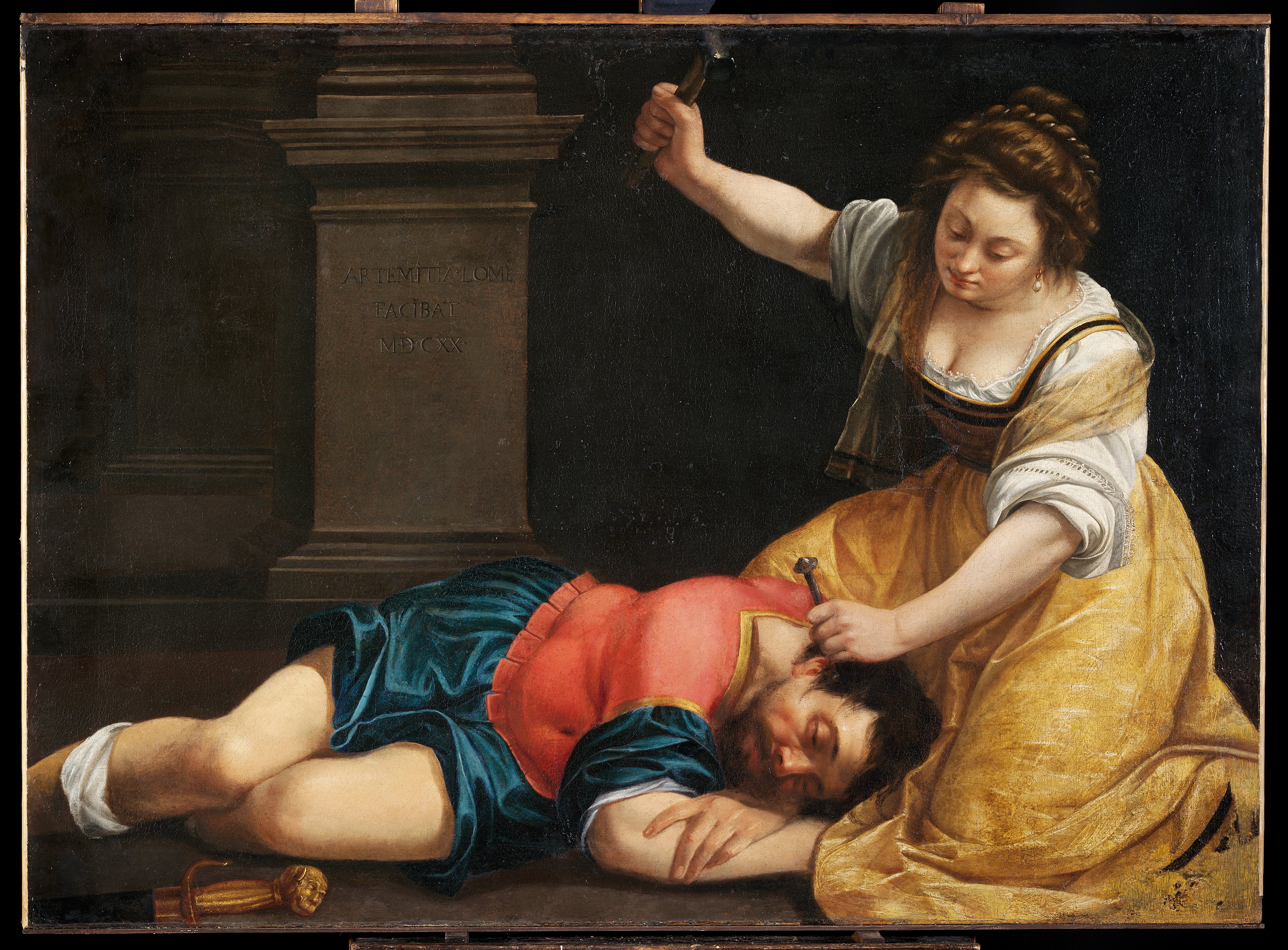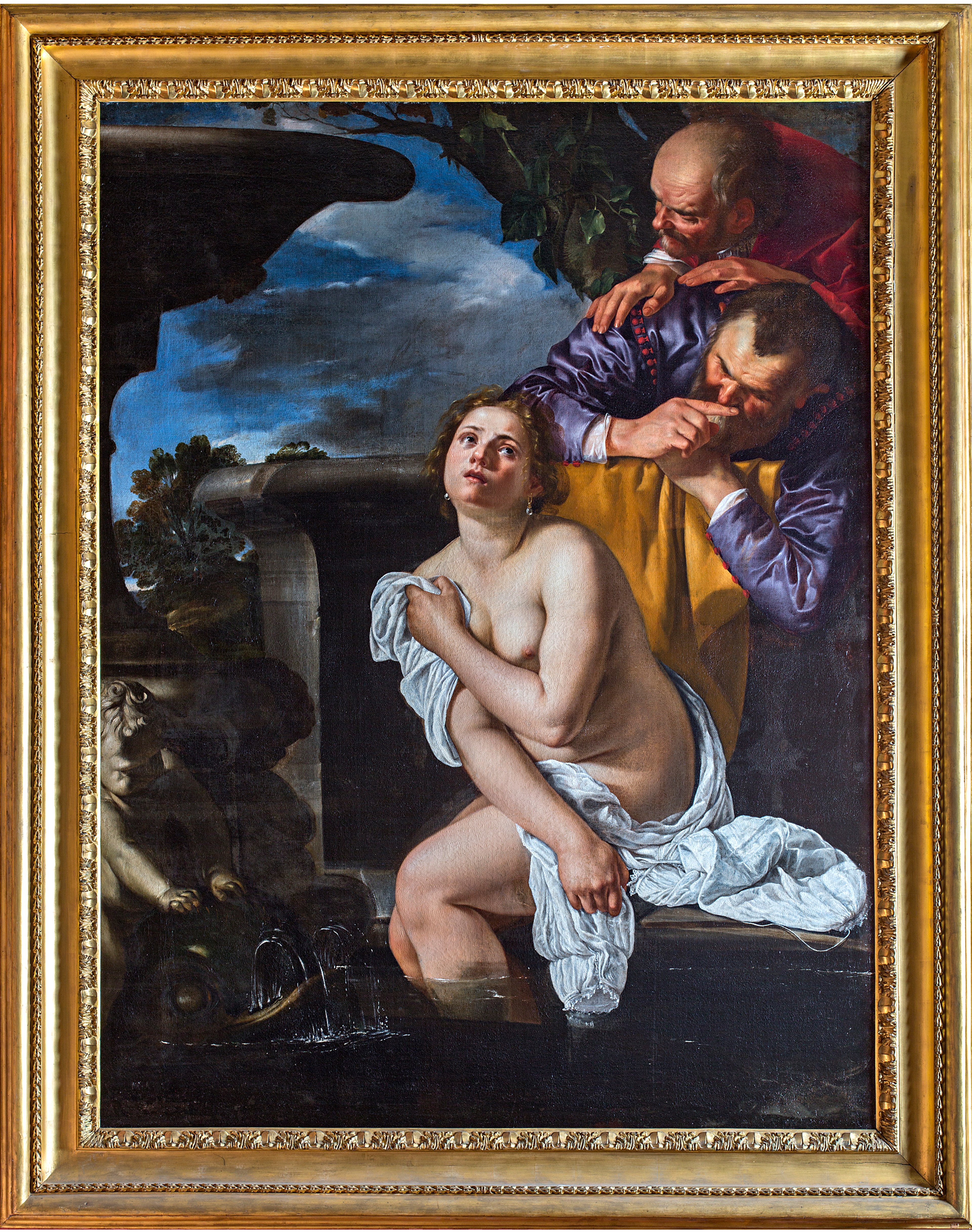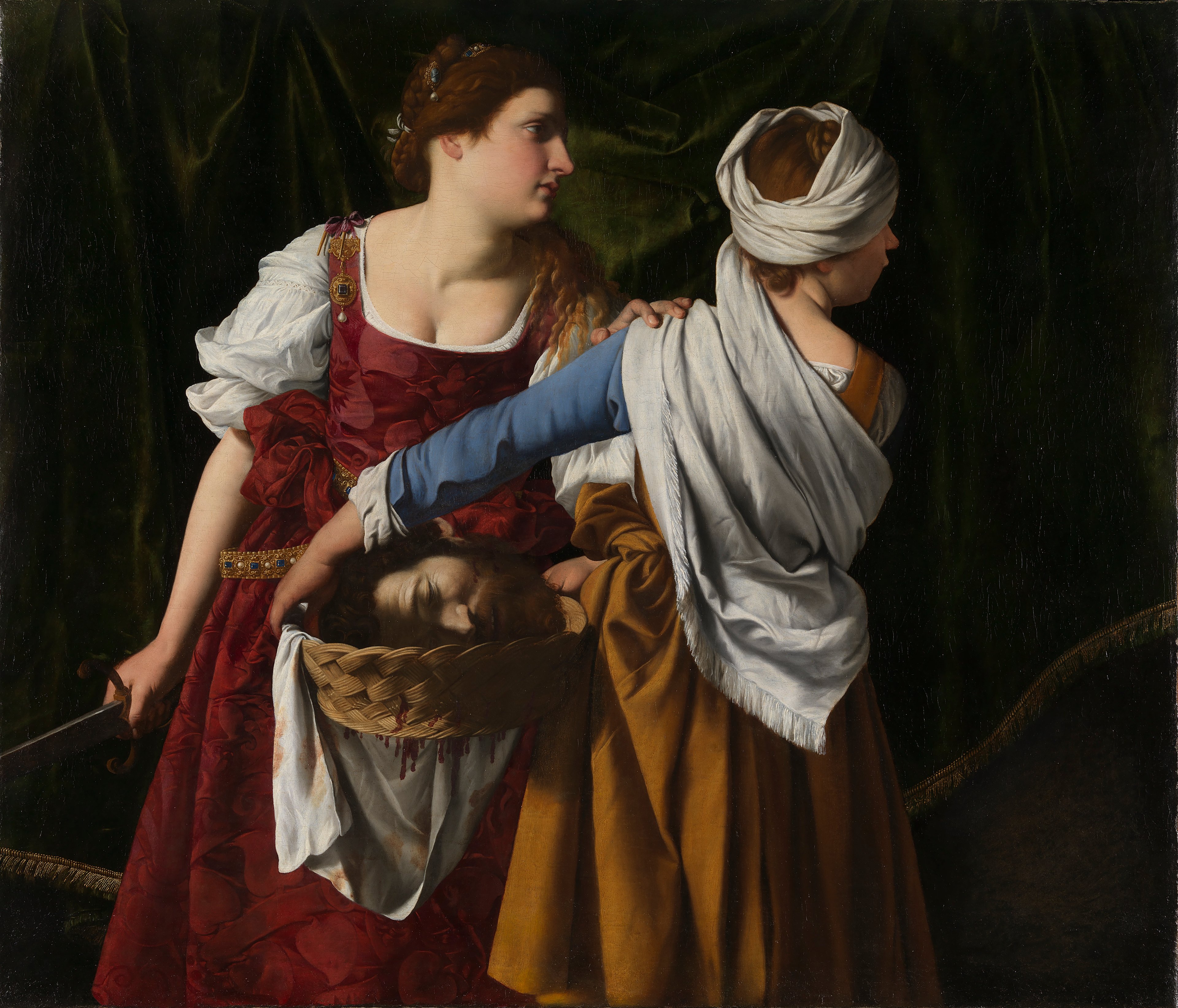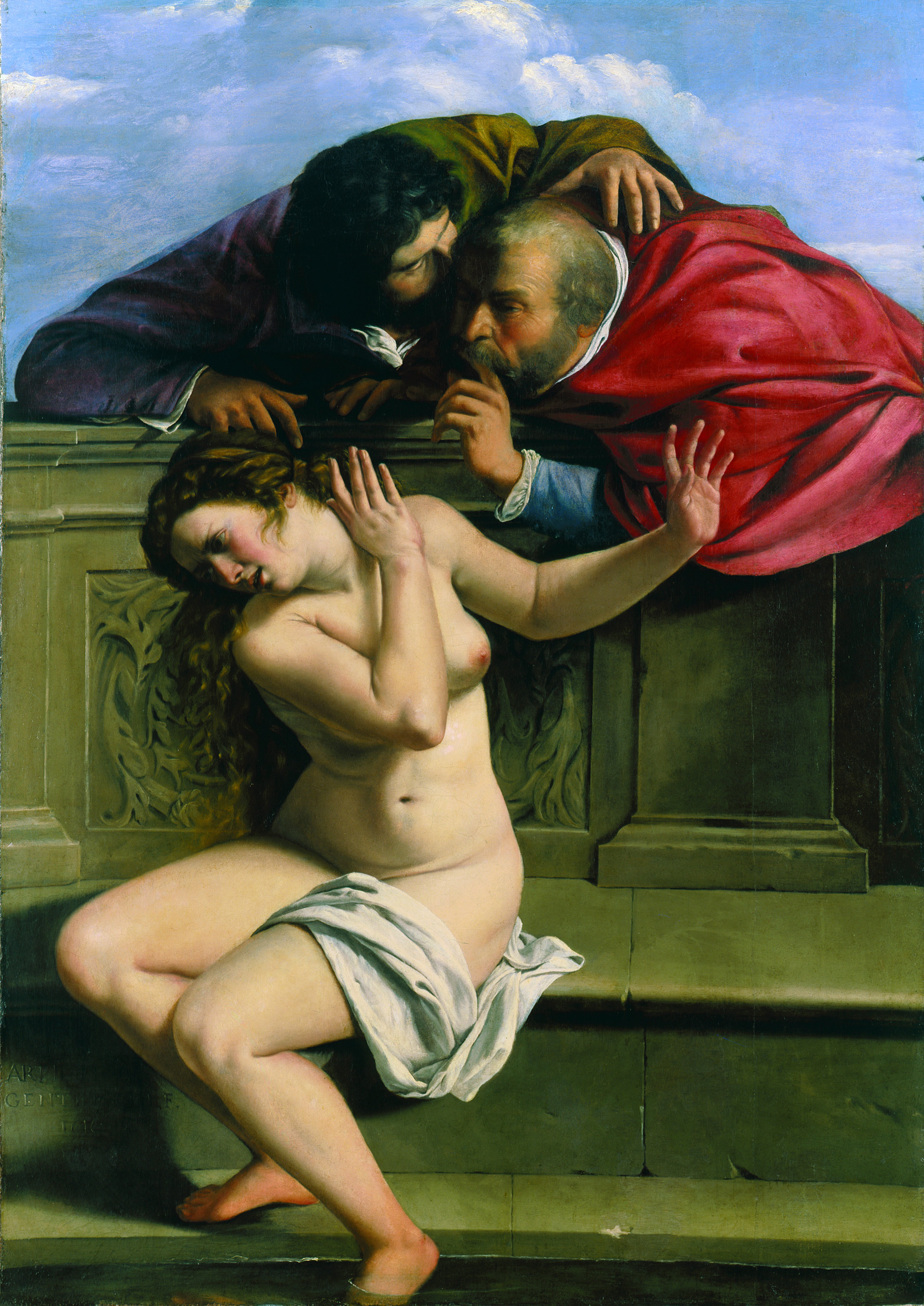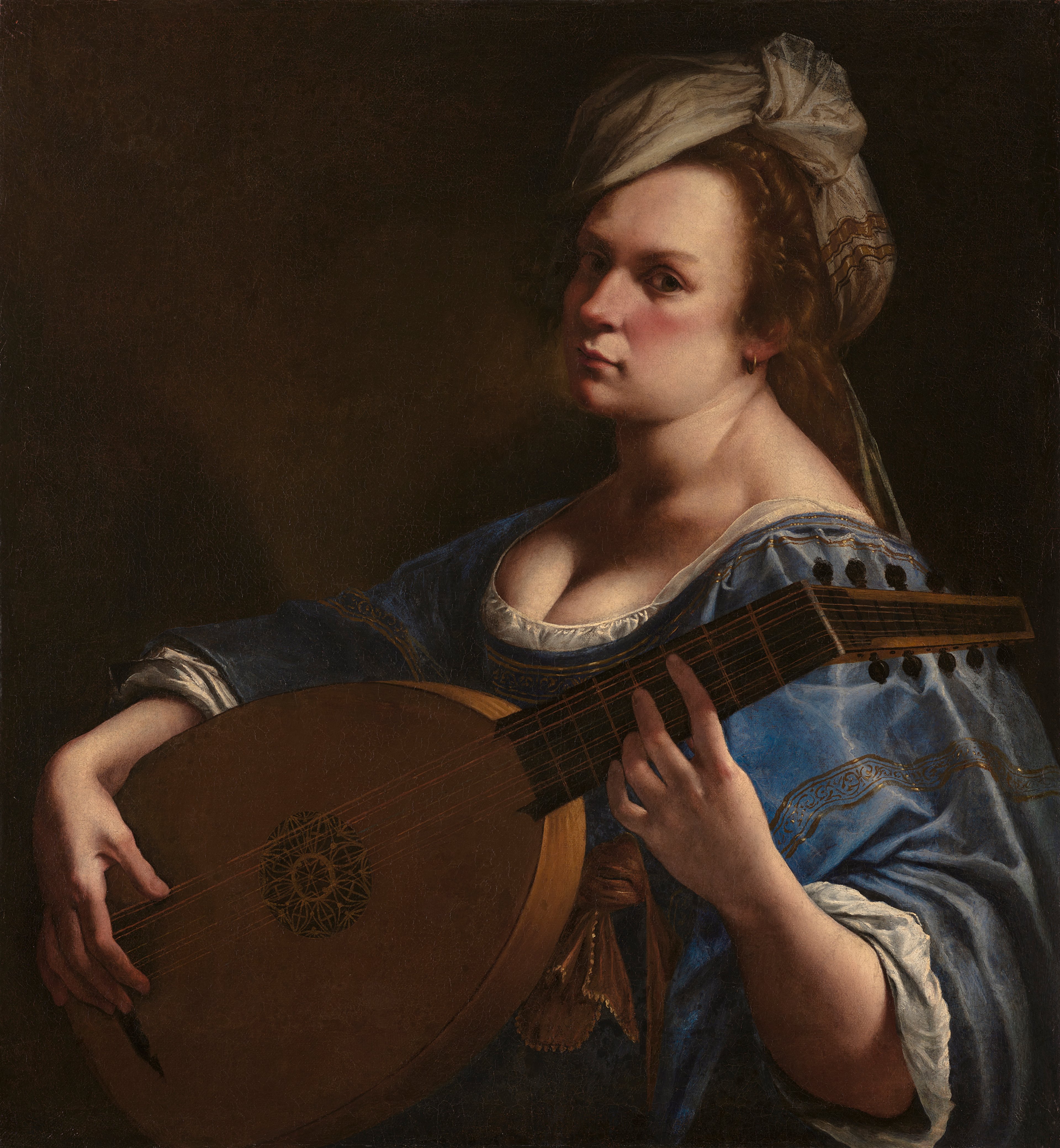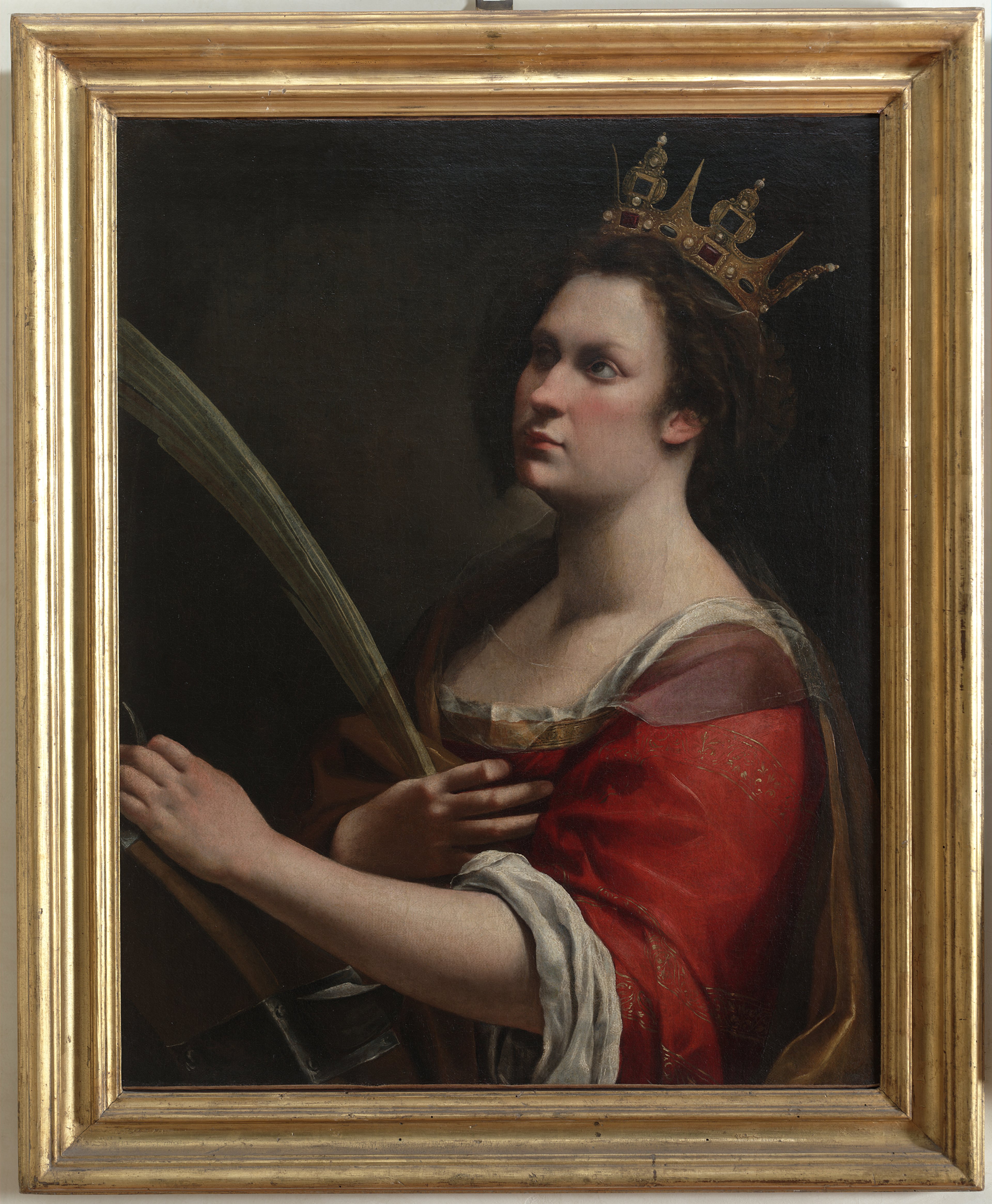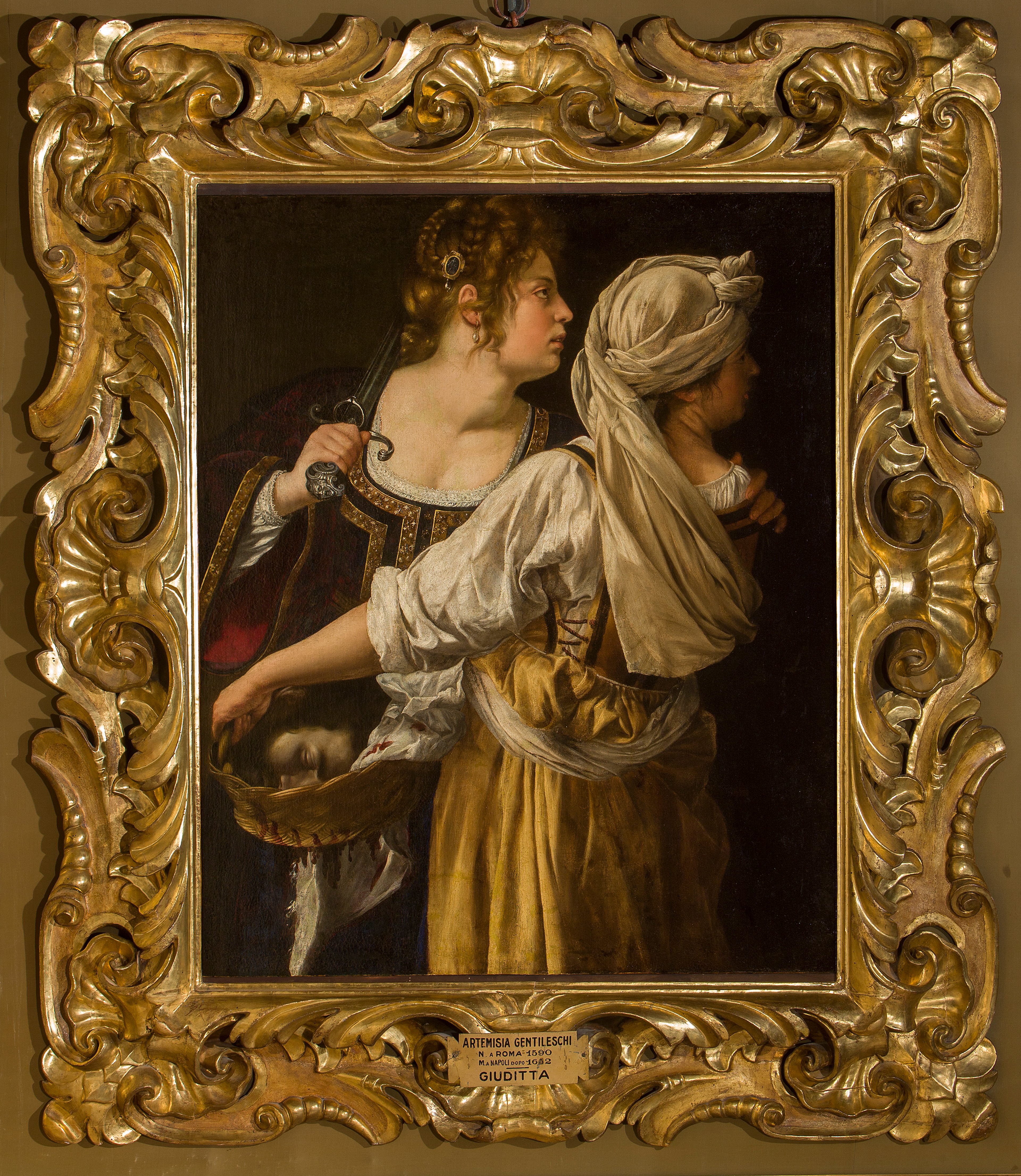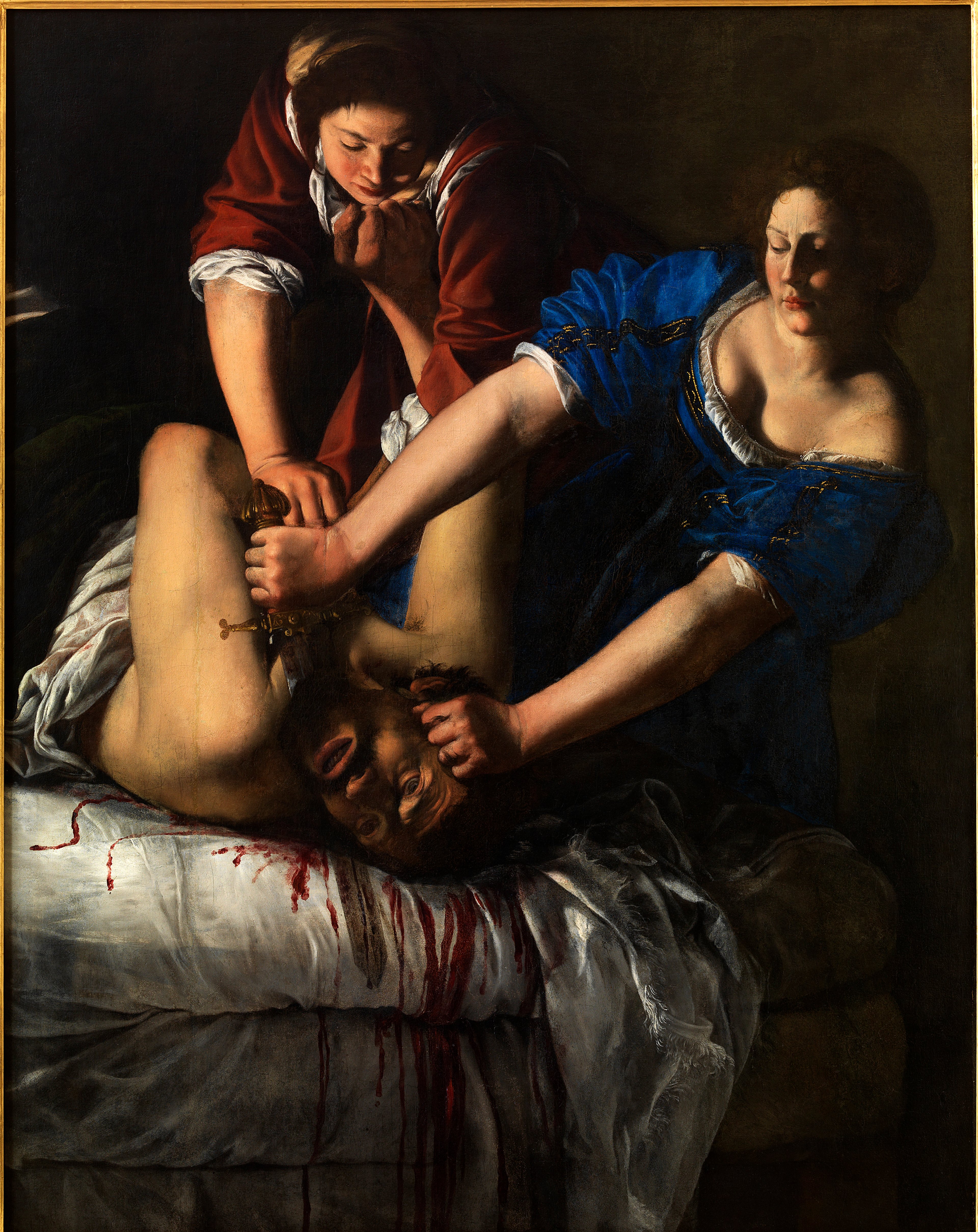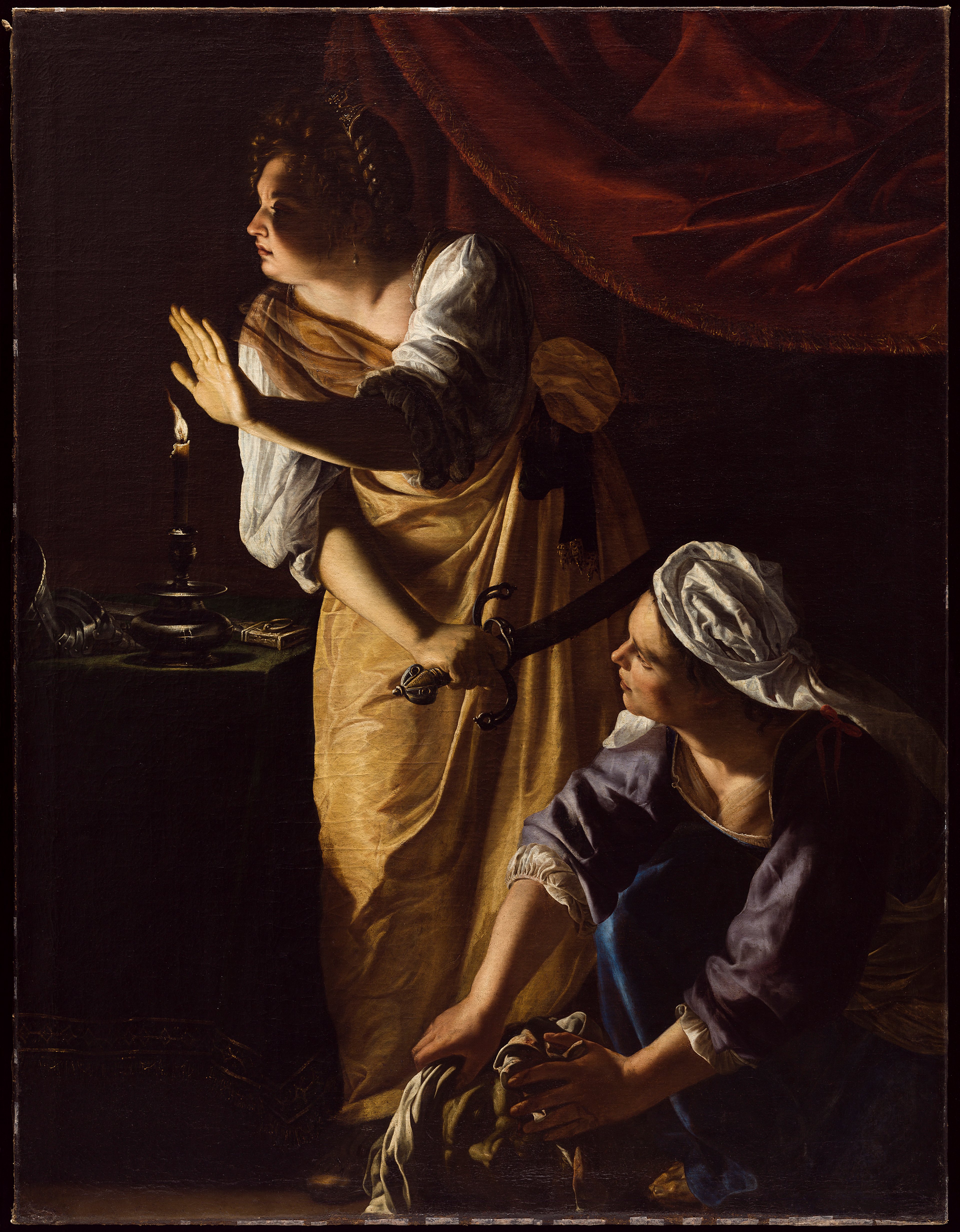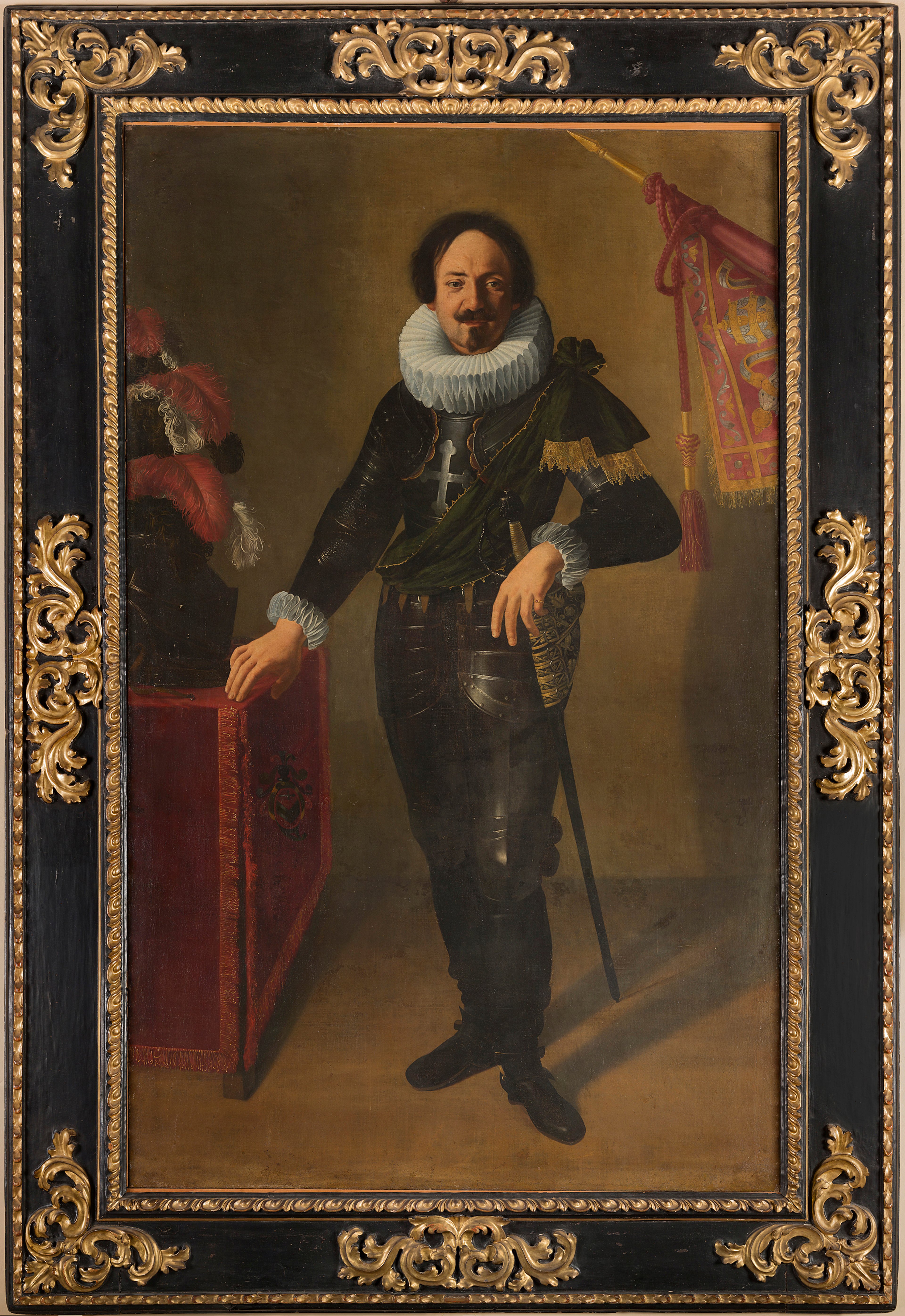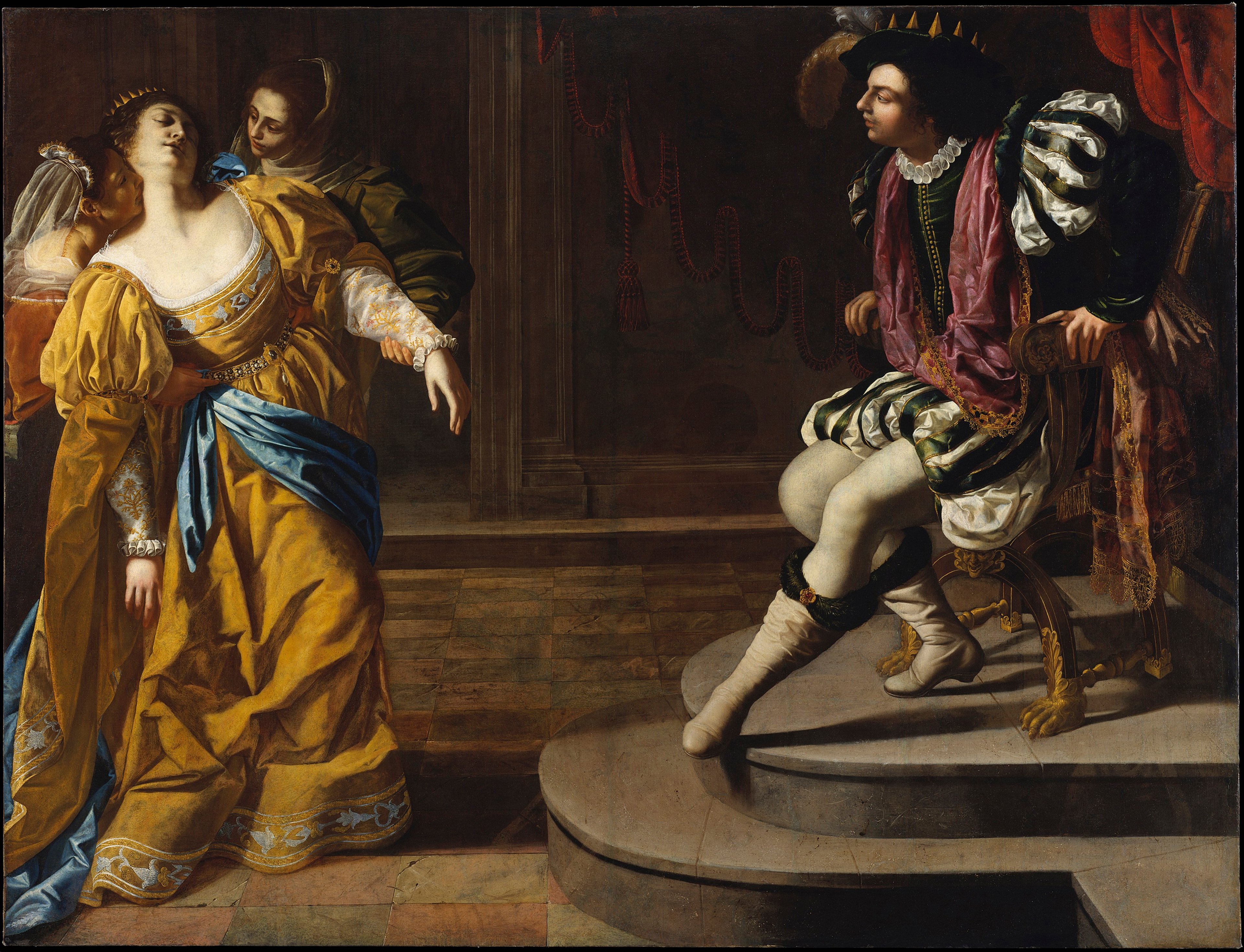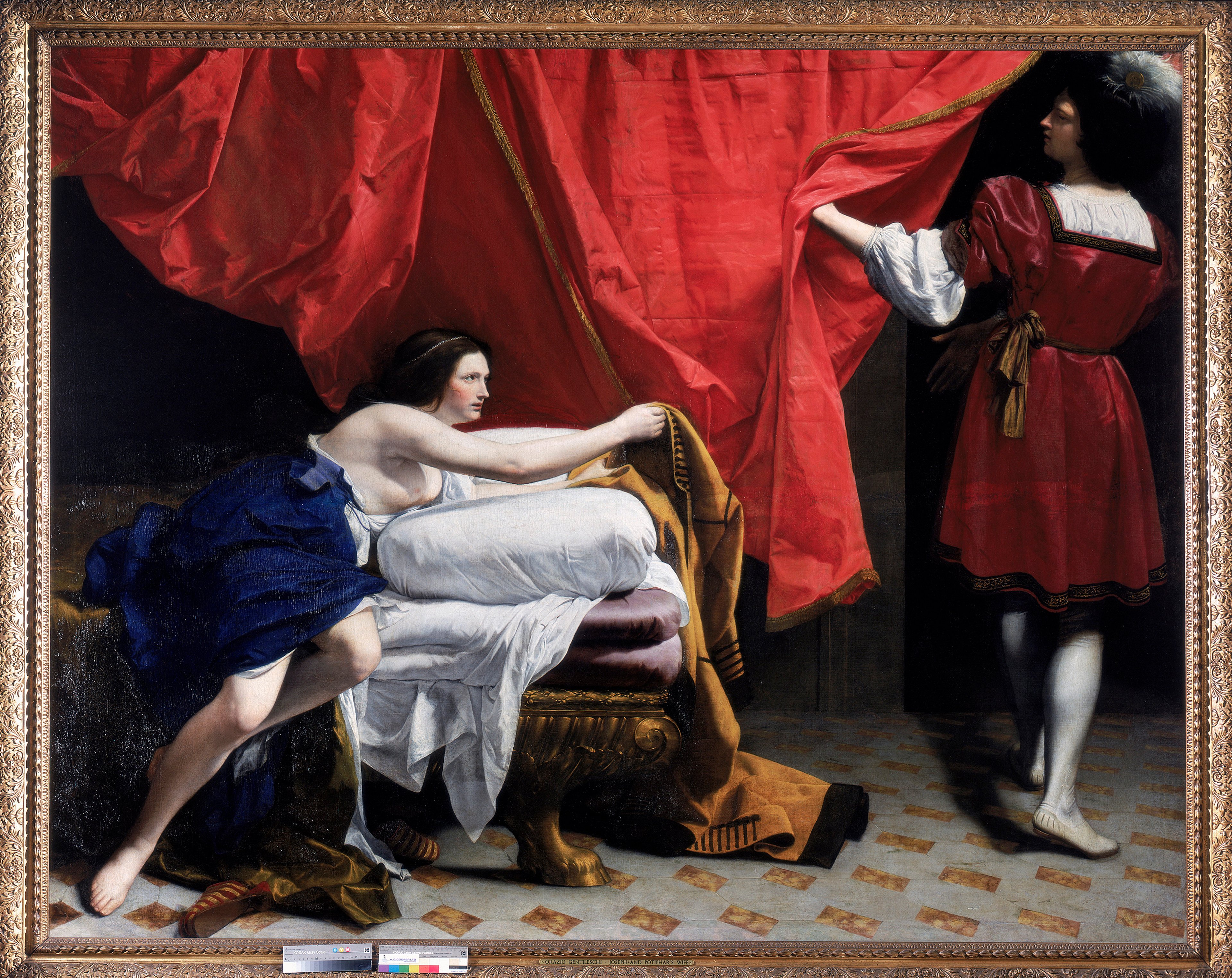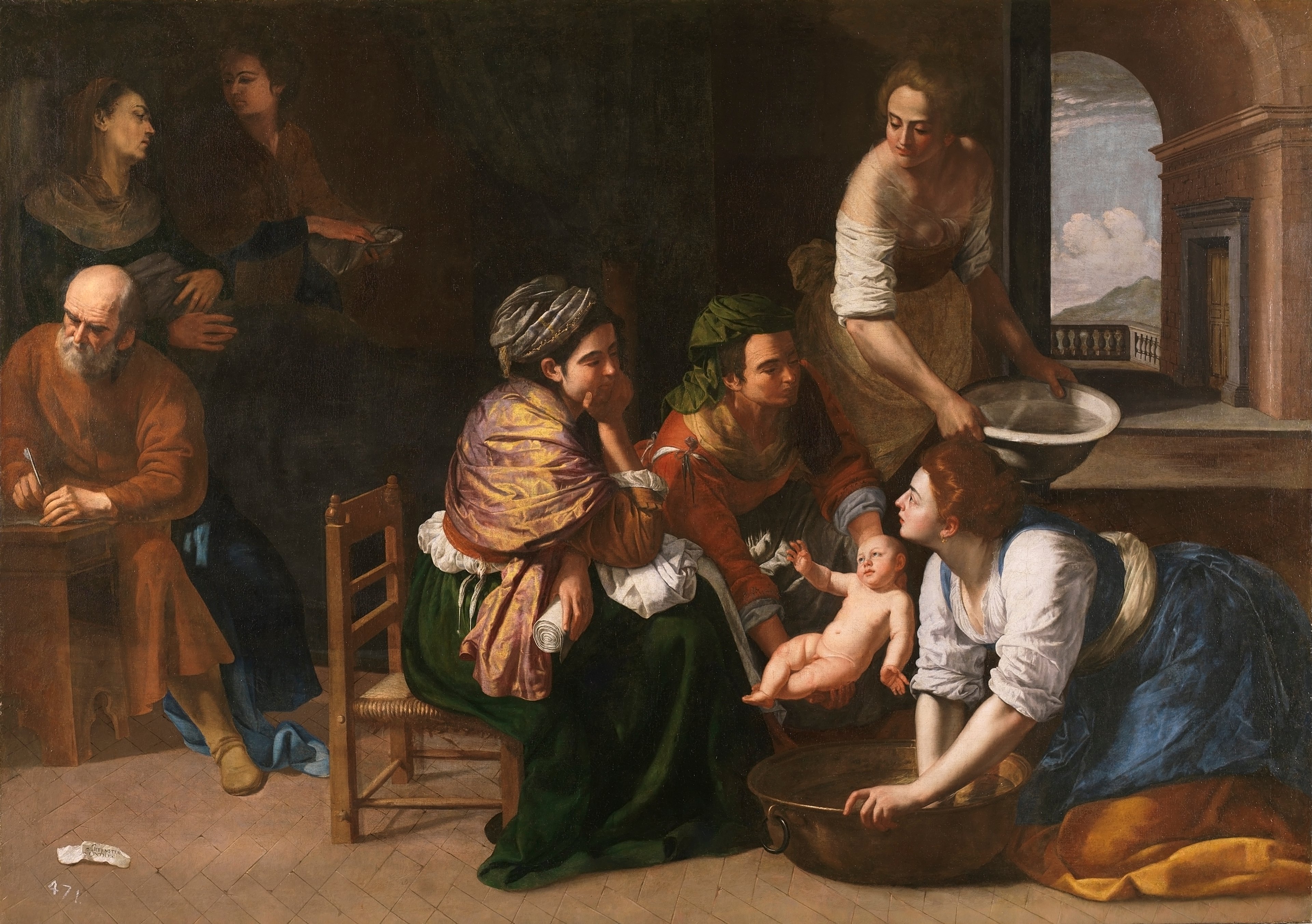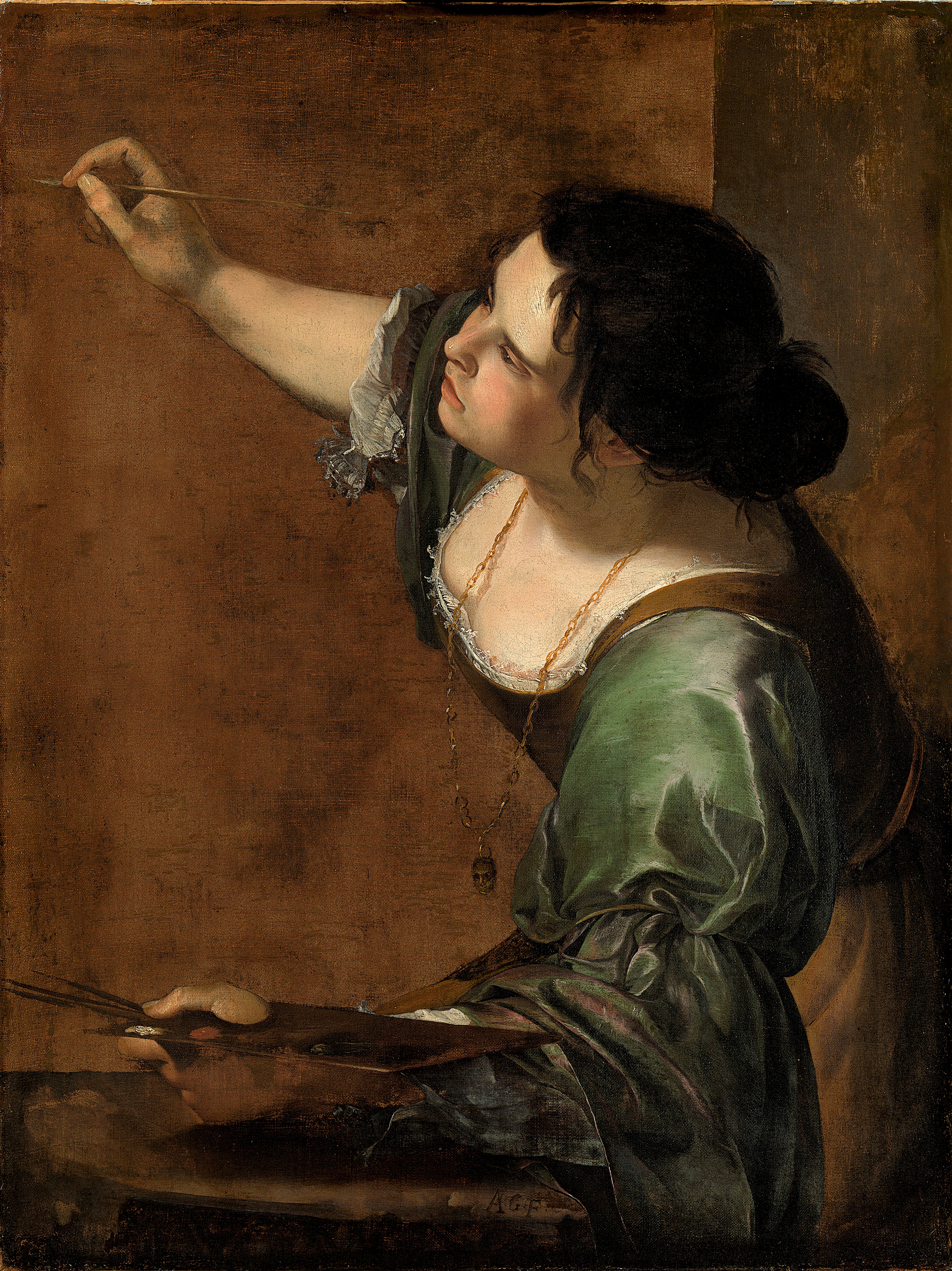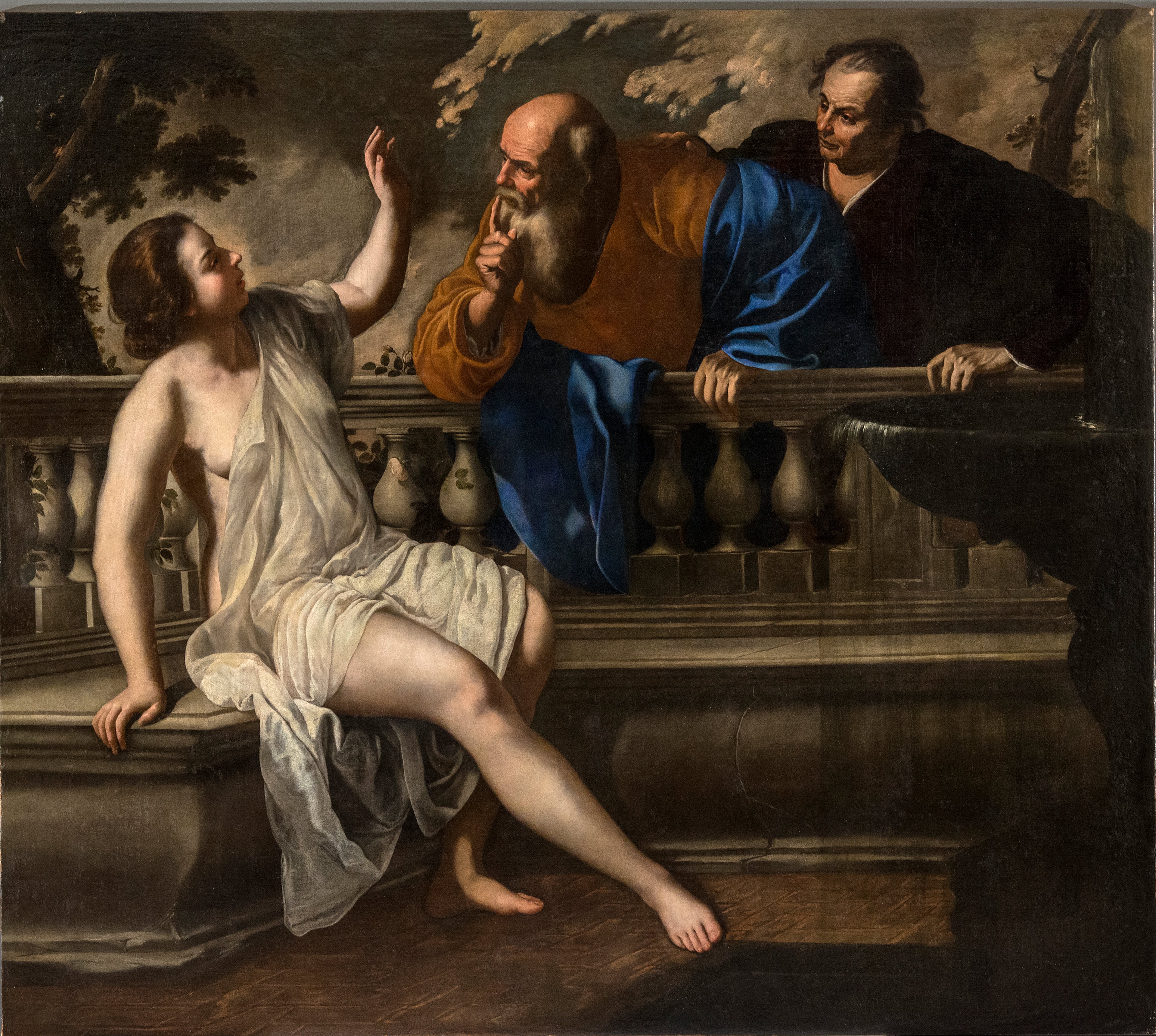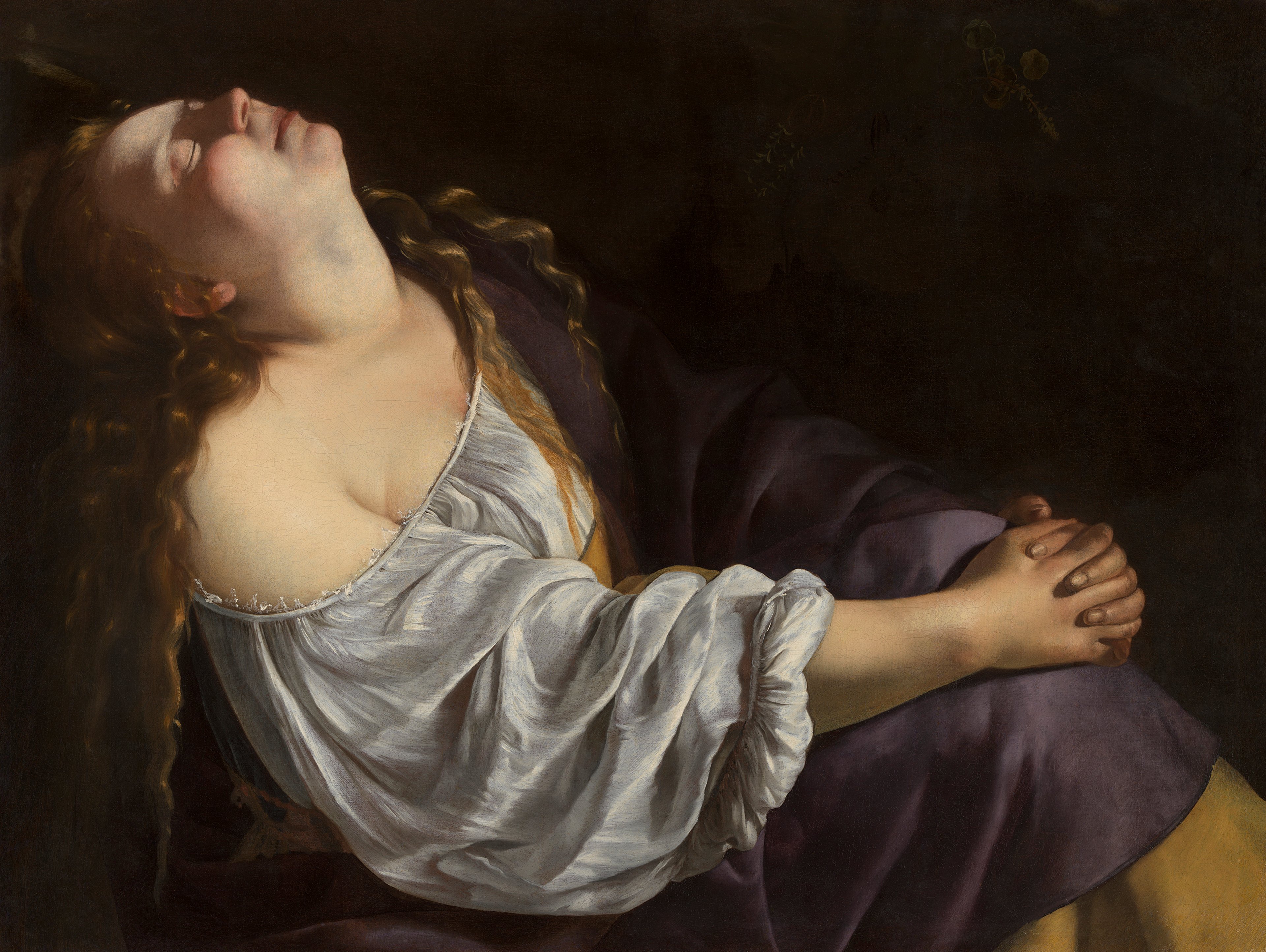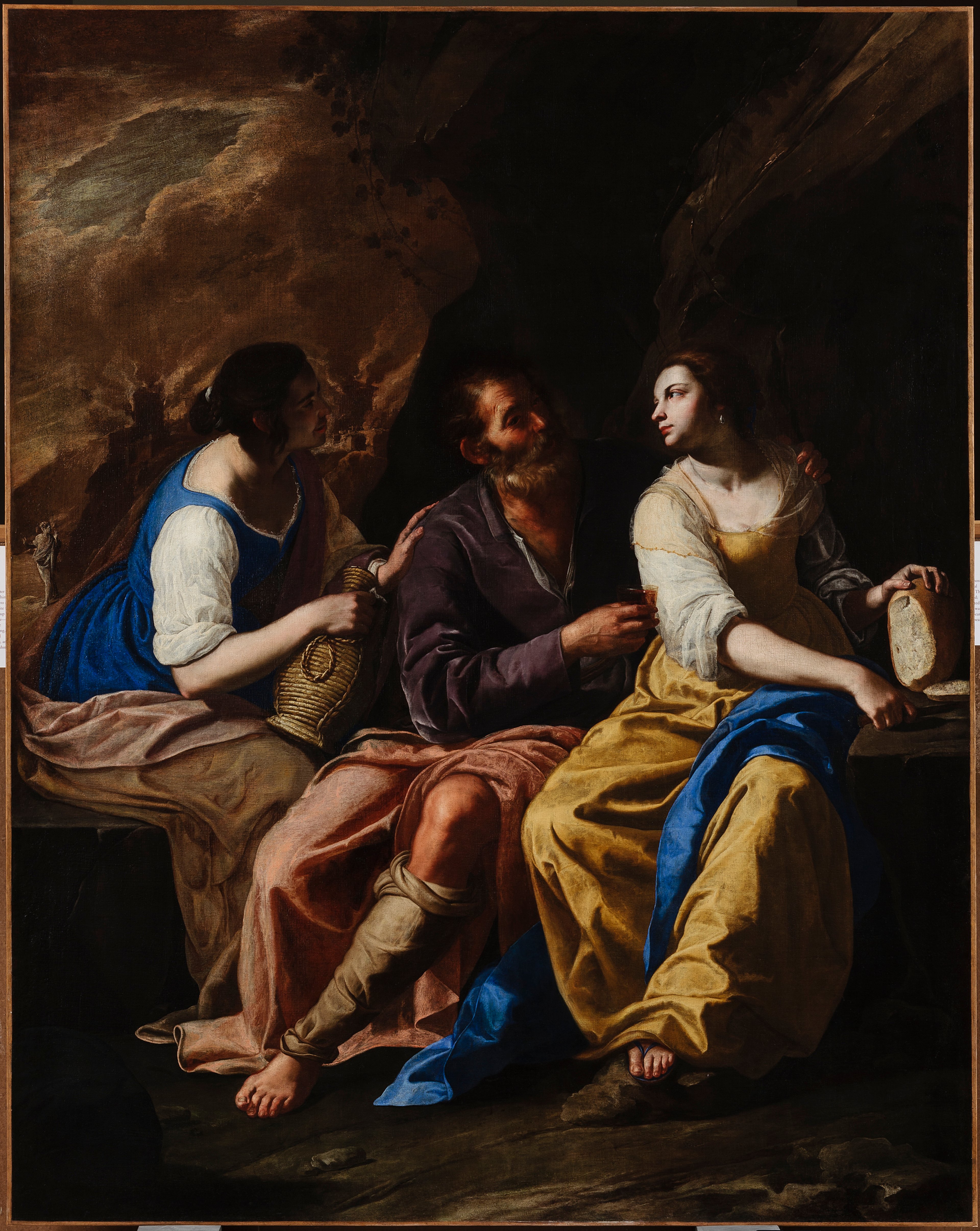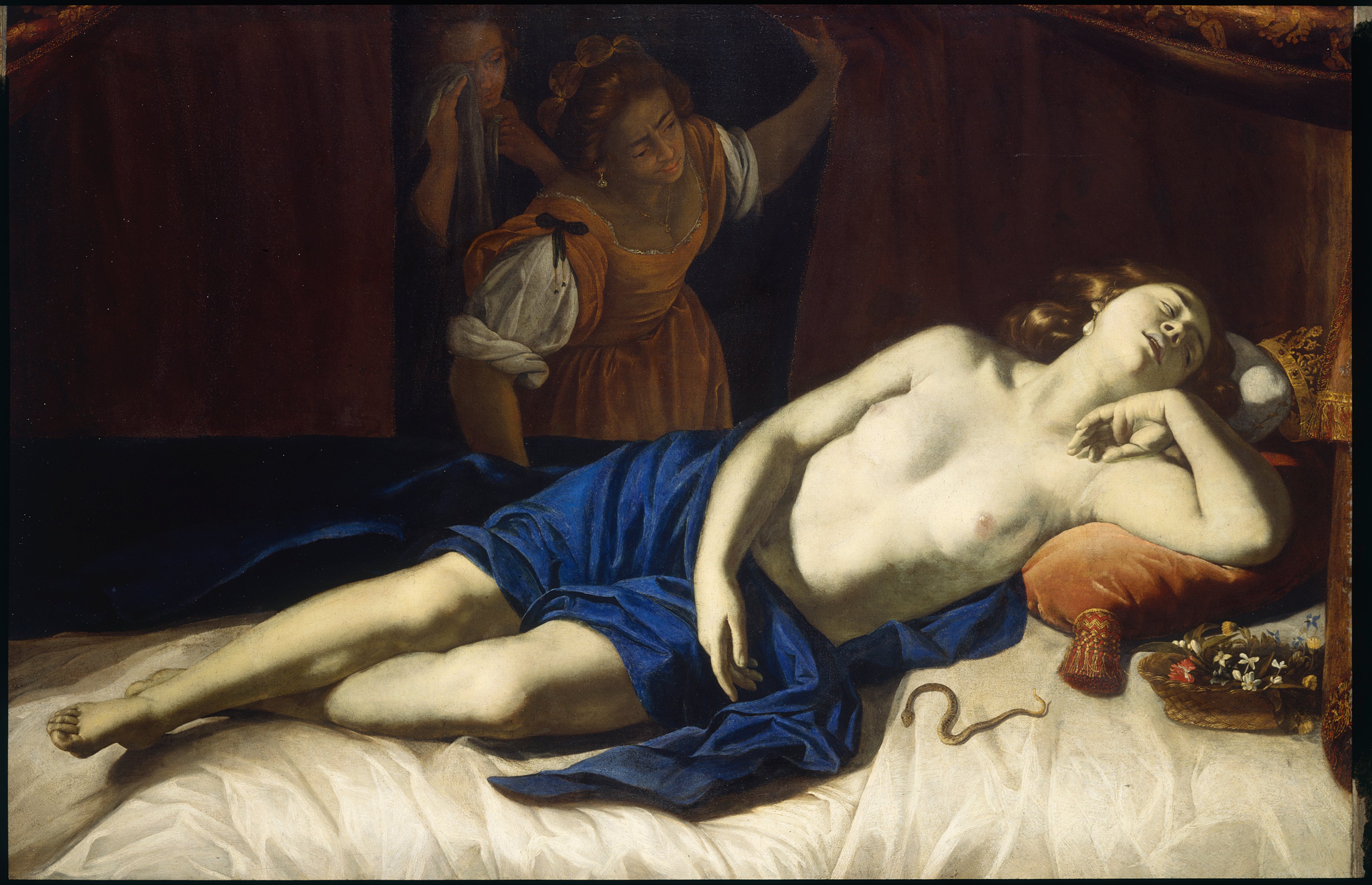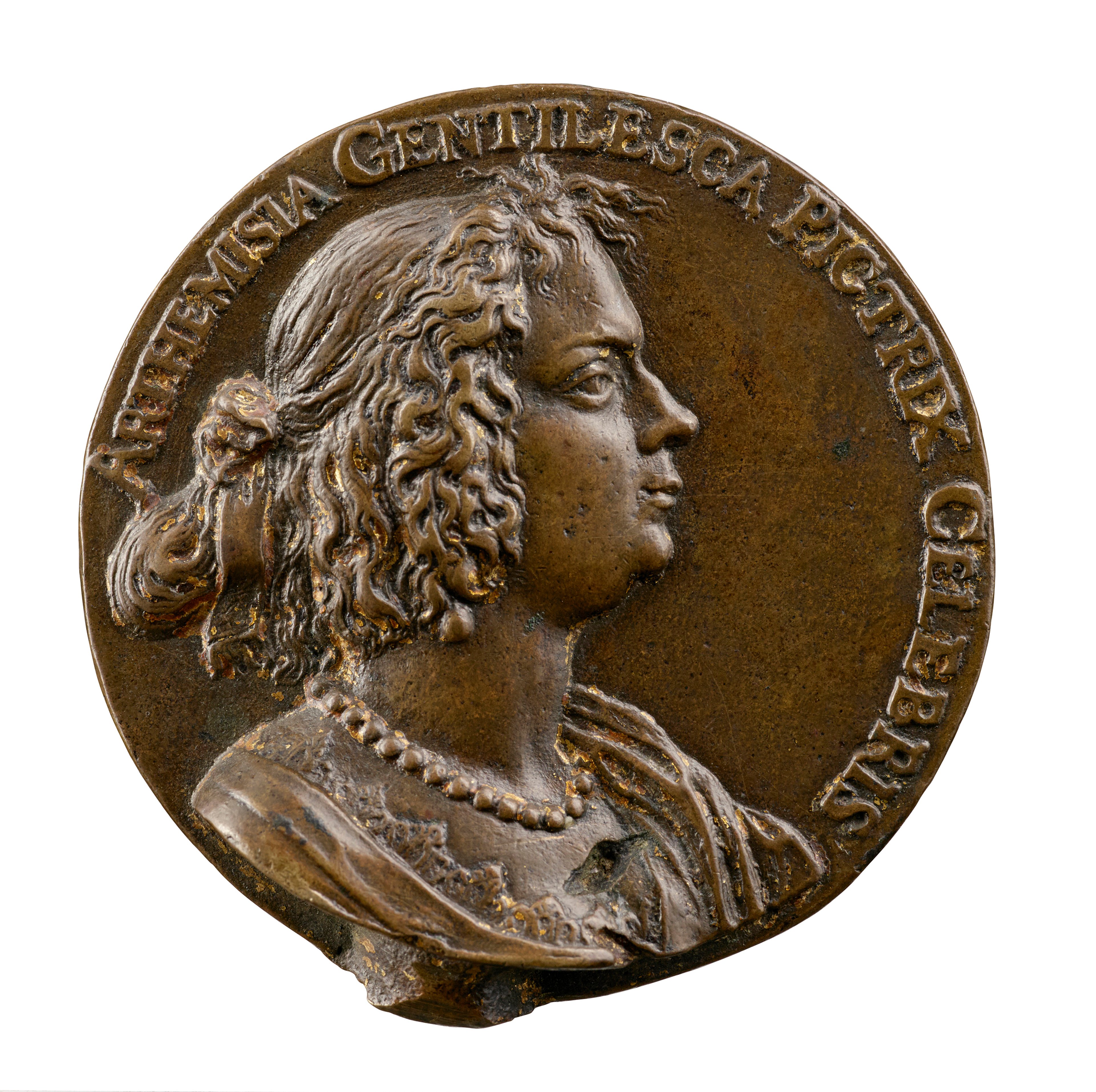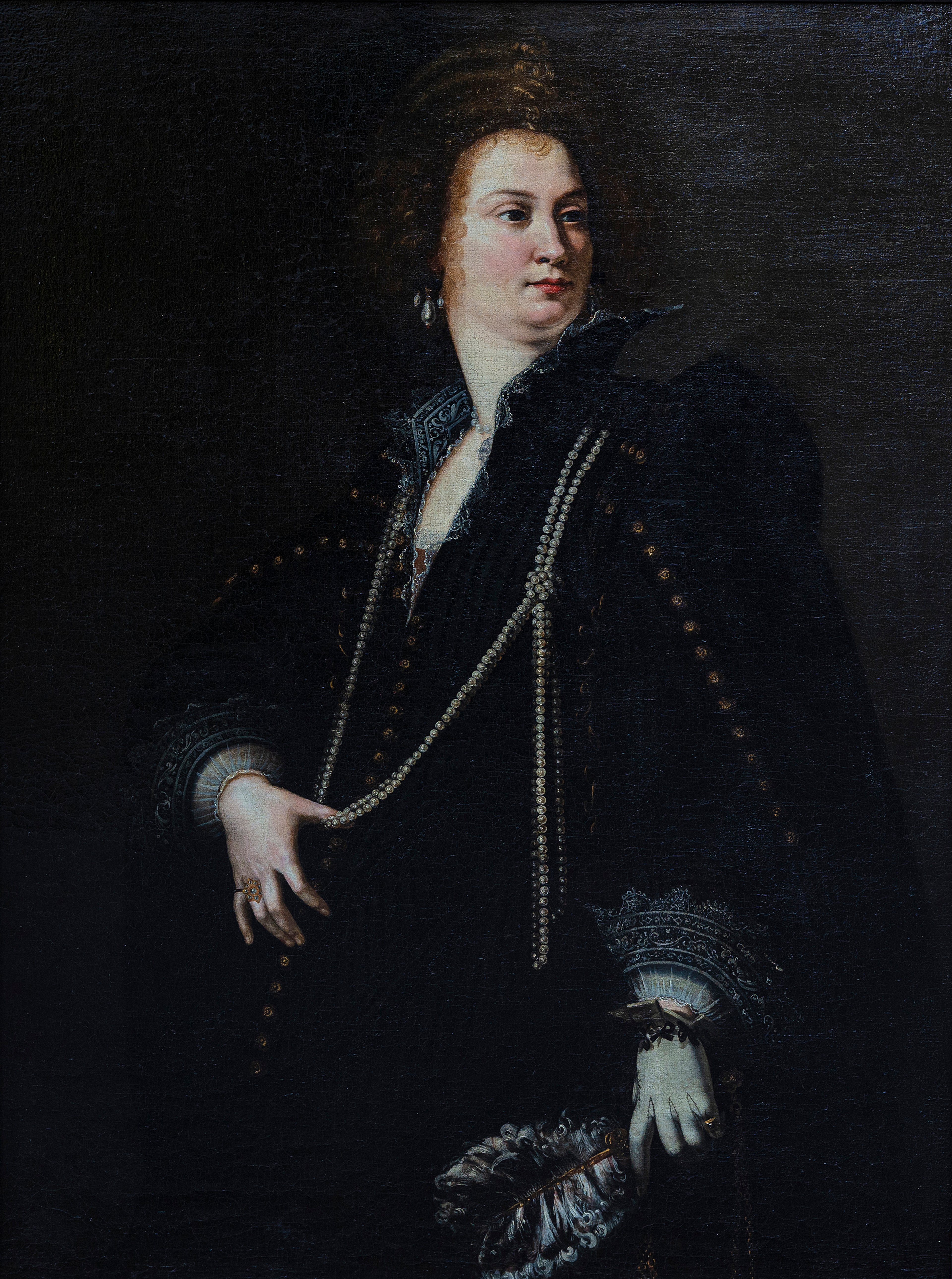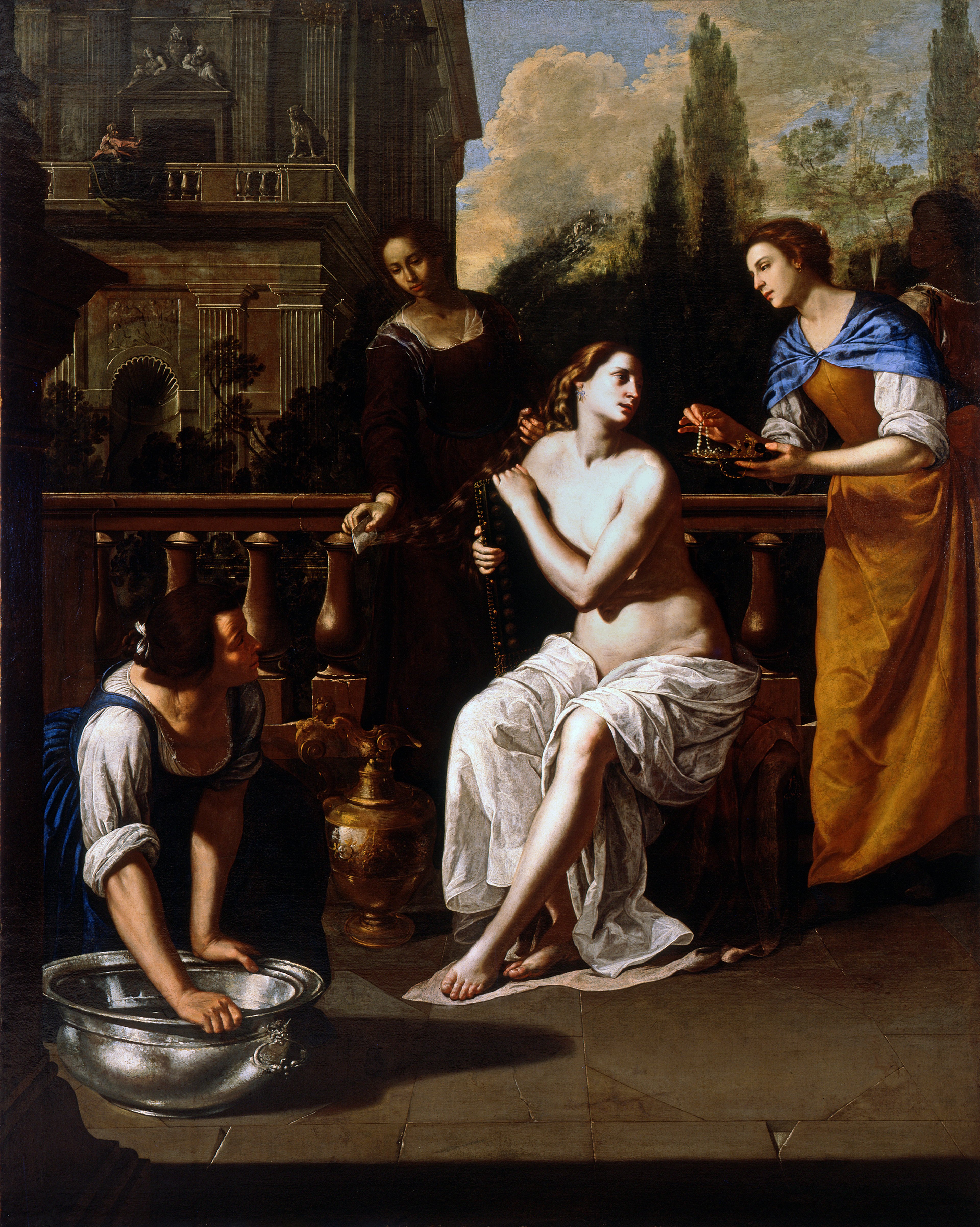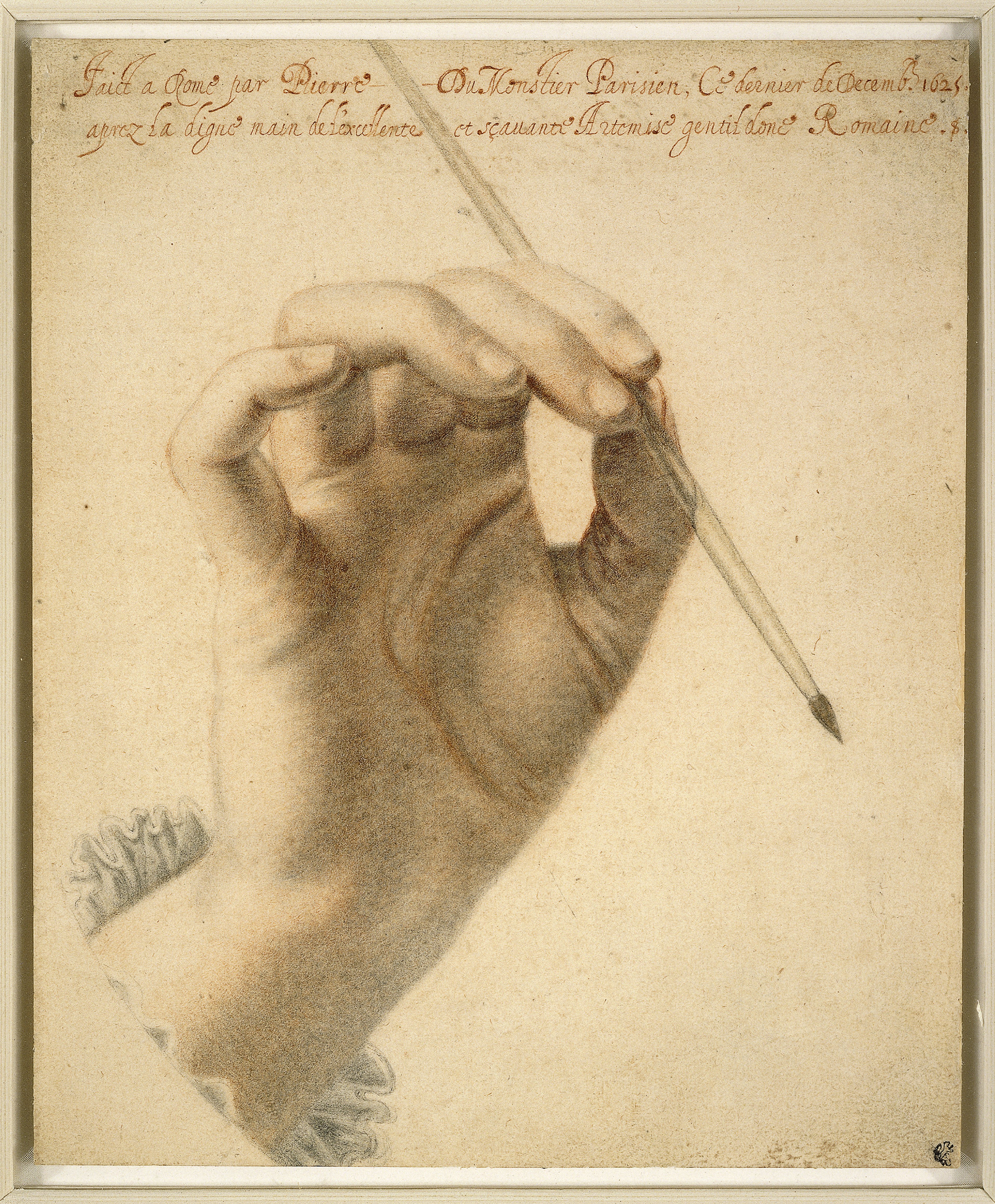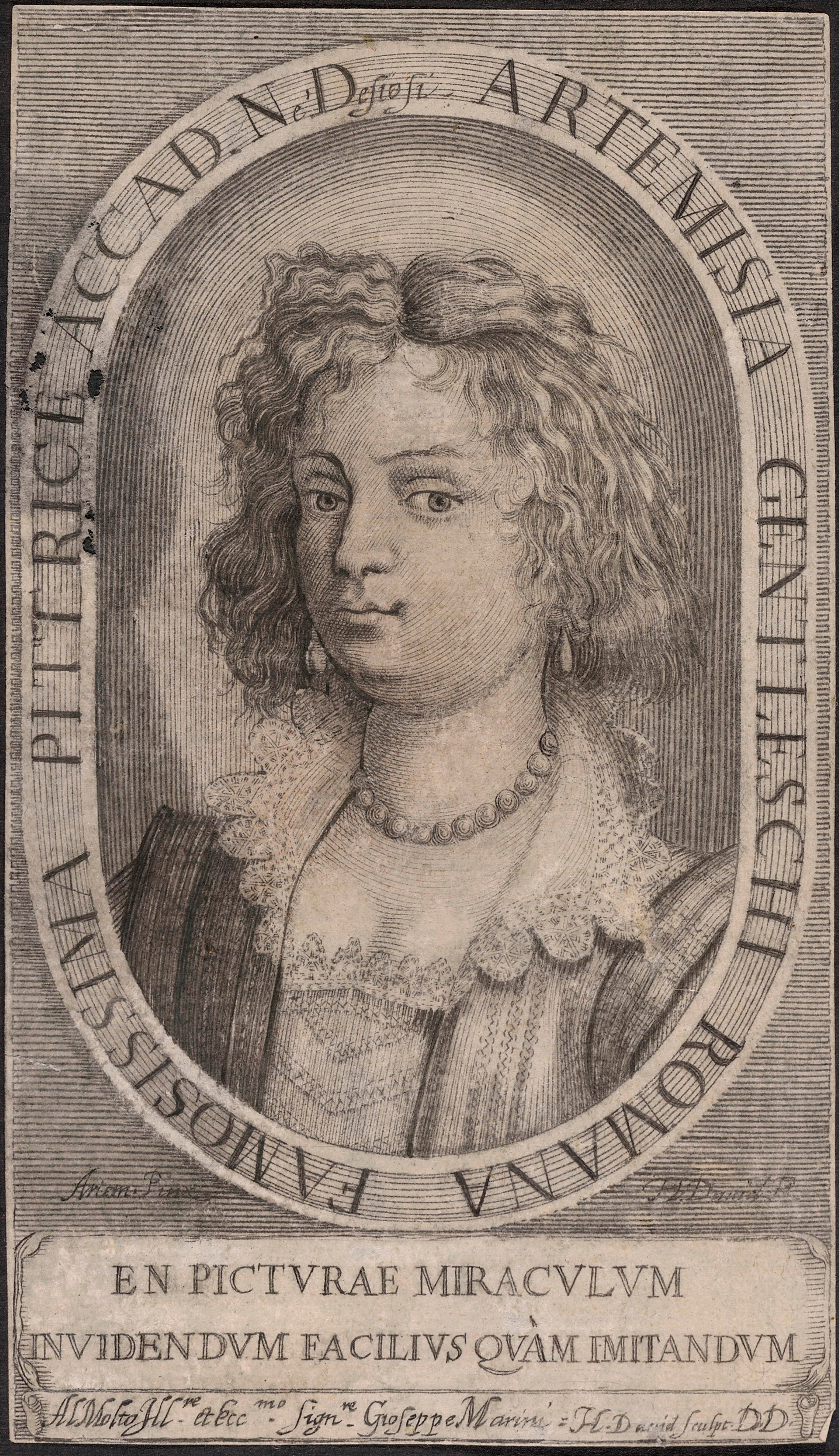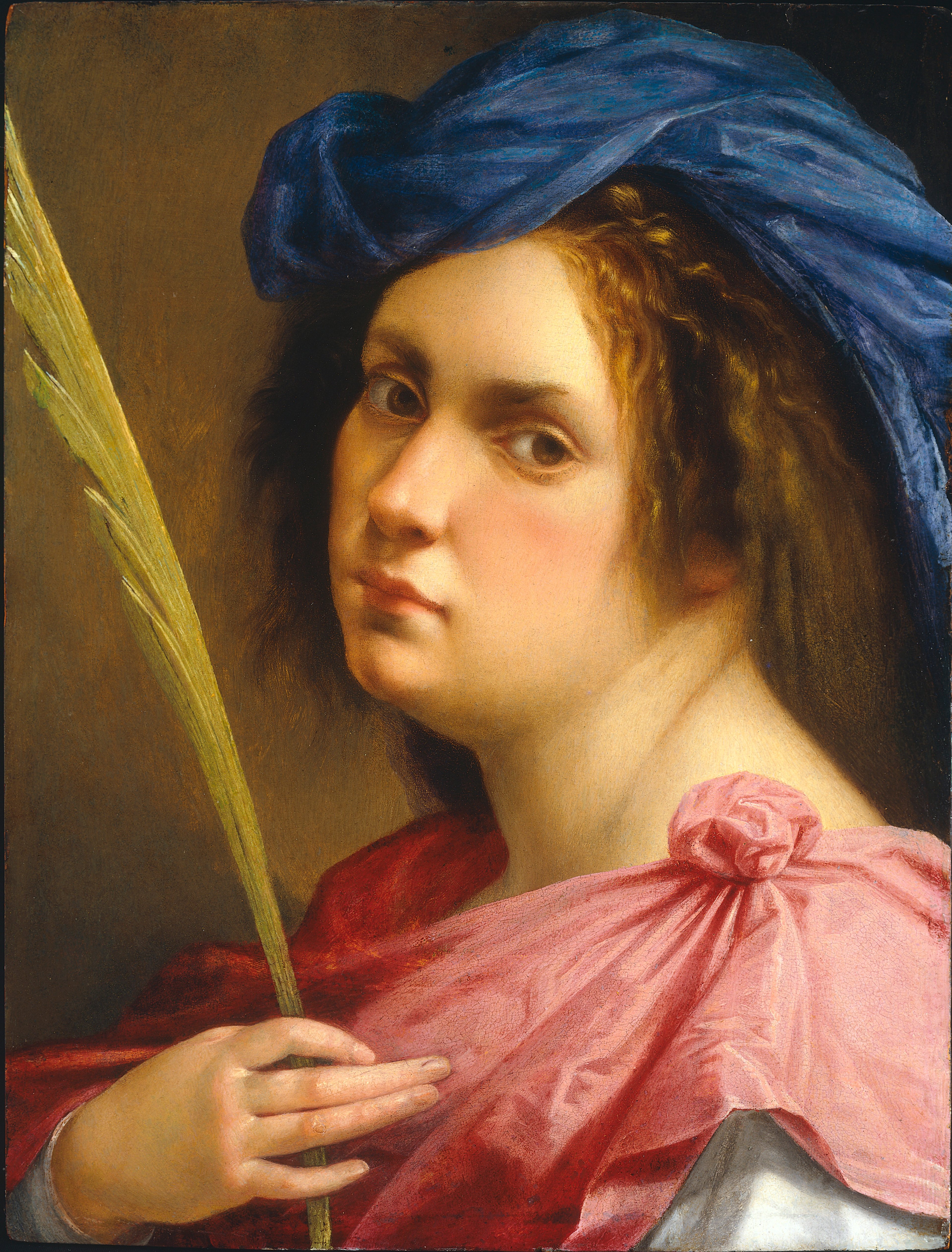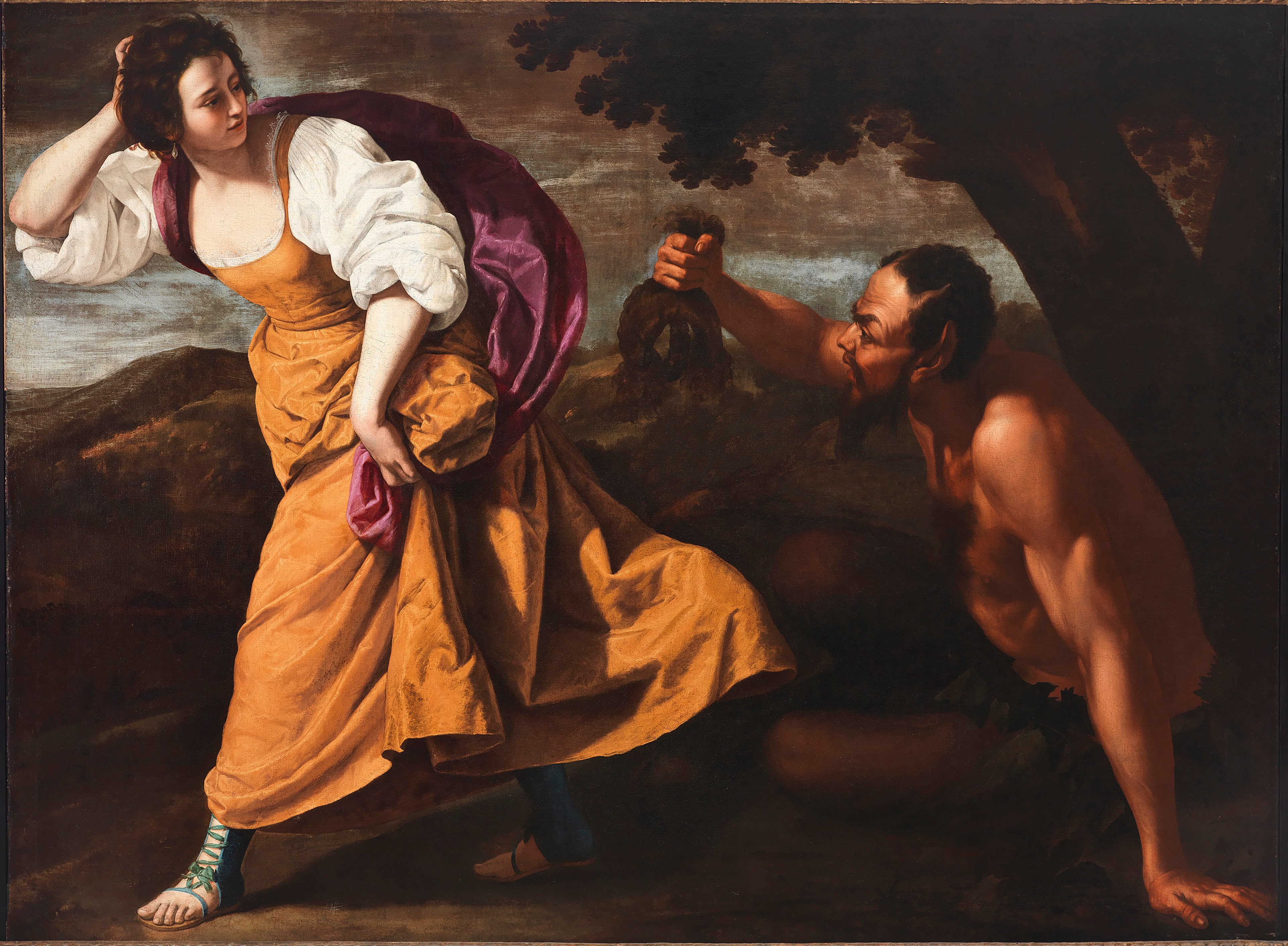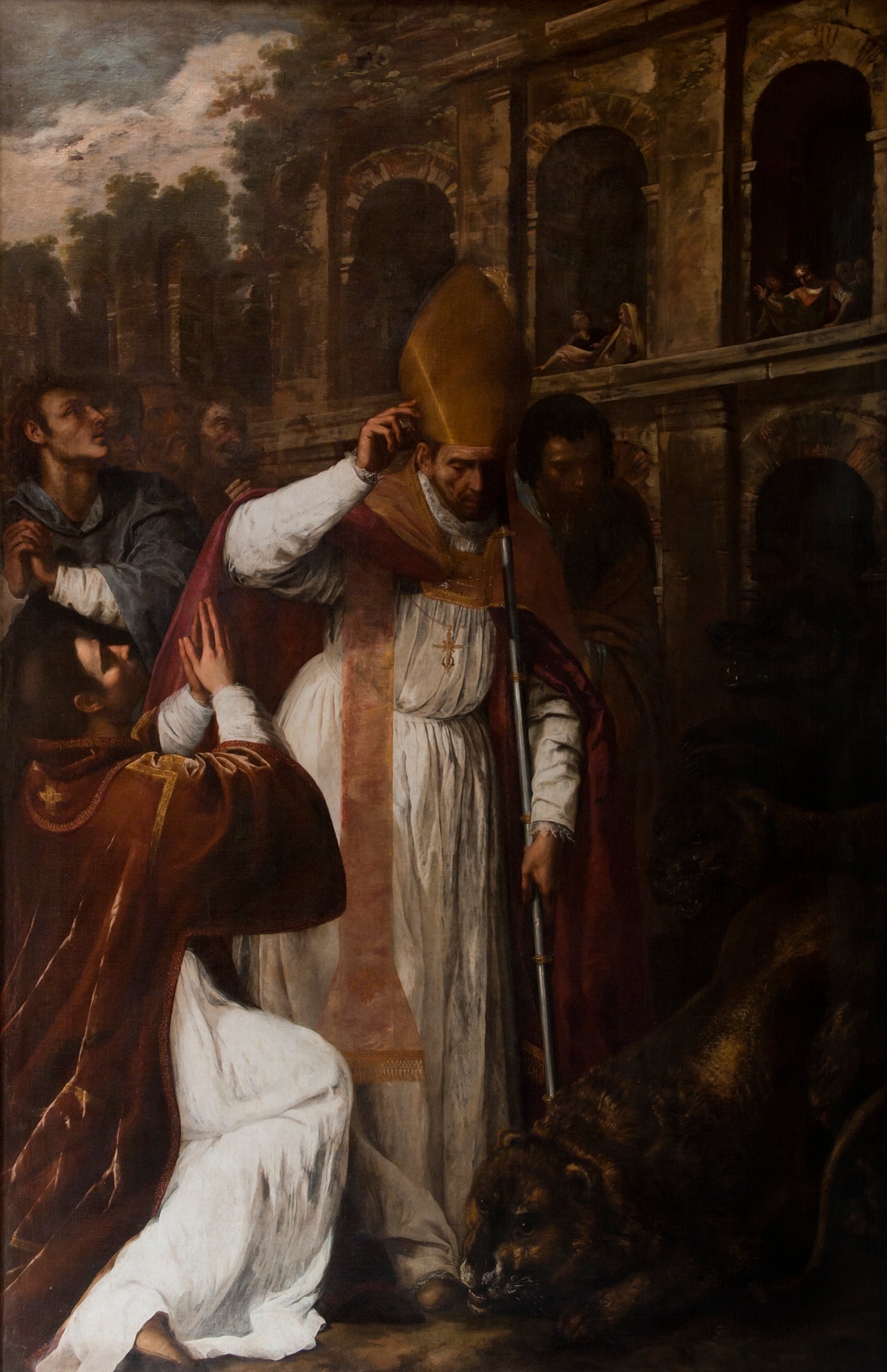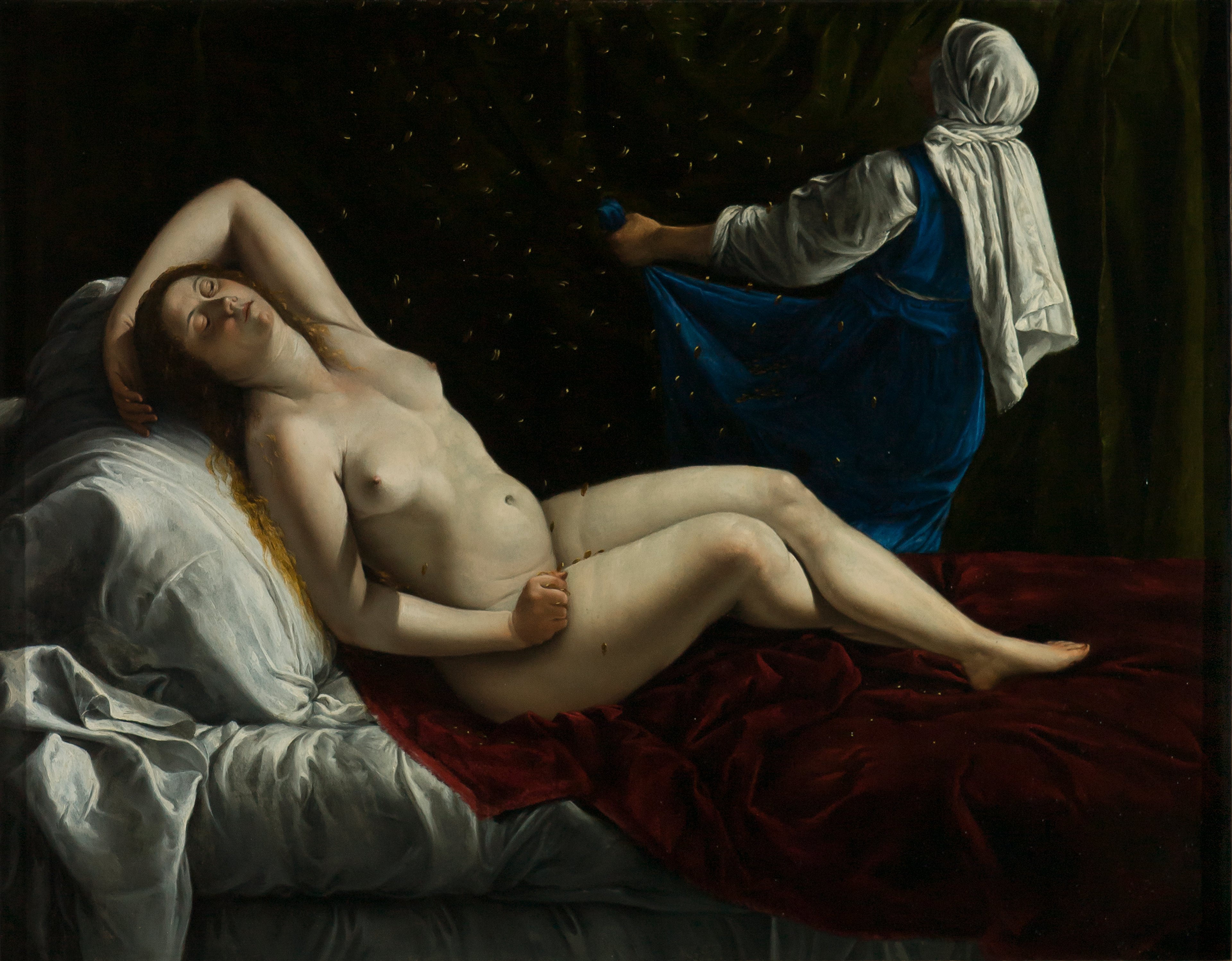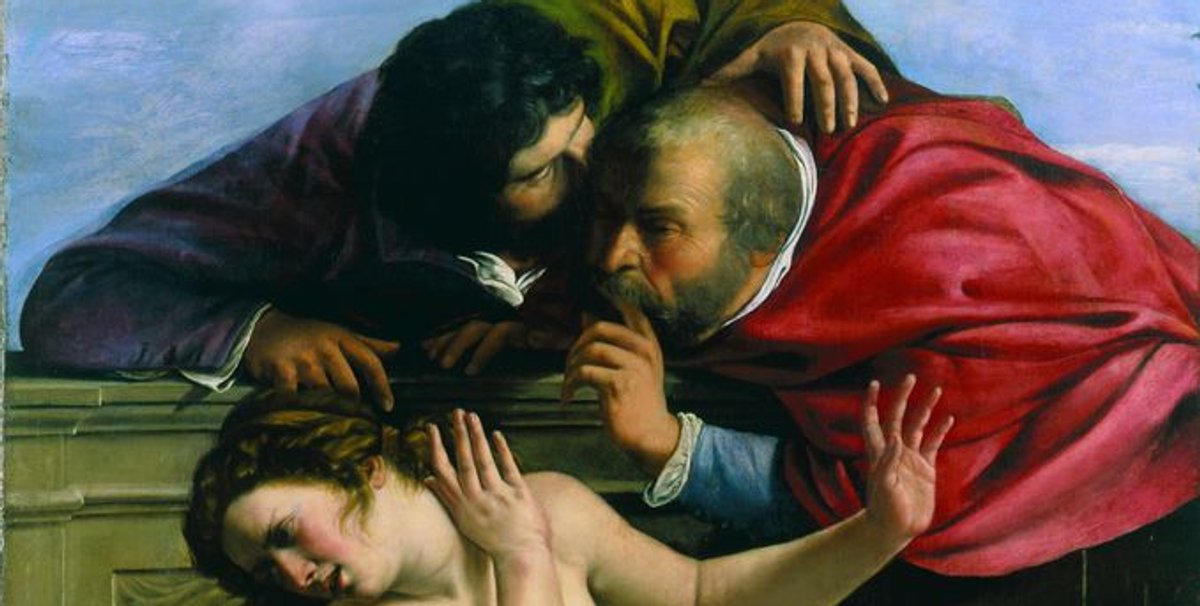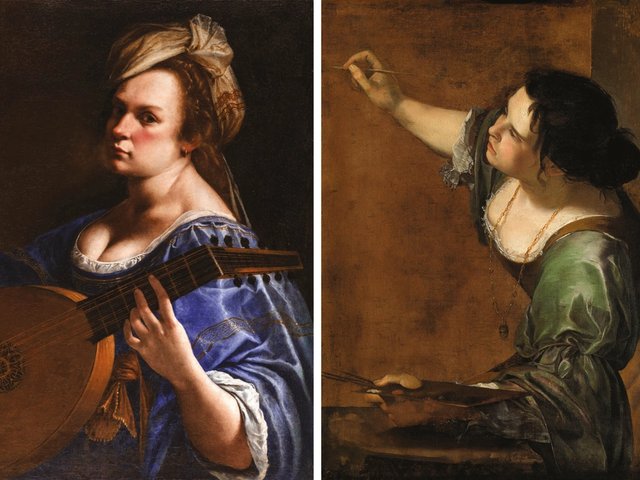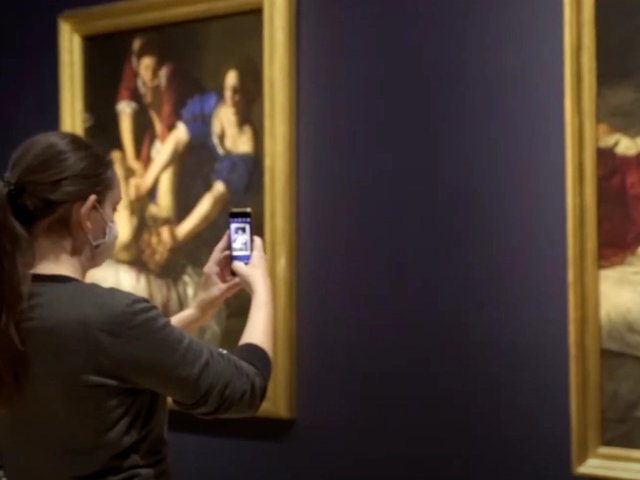The National Gallery today revealed the first details of its much-anticipated Artemisia Gentileschi exhibition, scheduled for April this year. The show Artemisia will present 30 of her finest paintings, nearly half of which are from private collections and many of these are rarely lent.
Two works, Cleopatra (1611-12) and Lucretia (1620-25) are owned by the Milanese fashion designer Gimmo Etro, who collects Baroque pictures. What may come as a surprise is that the Sovereign Military Order of Malta, based in Rome, is lending a portrait of an unknown lady (mid 1620s).
The rediscovered Mary Magdalene in Ecstasy (1620-25) is coming from a private European collector, after its sale at Sotheby’s in 2014 for €865,500. This will be its first presentation in an Artemisia exhibition. It is currently in a Baroque show at Vienna’s Kunsthistorisches Museum (until 19 January) which then goes to the Rijksmuseum in Amsterdam (opening 4 February). Although the Rijksmuseum show runs until June, the picture will leave early for the London opening.
The National Gallery exhibition will also include four letters (1618-20) discovered in 2011 in the private archive of the Frescobaldi family in Florence. Newly conserved, and being shown for the first time outside Italy, they are addressed to Artemisia’s lover Francesco Maringhi.
Letizia Treves, the exhibition curator, describes the recent interest in Artemisia, who at the age of 17 was raped by the artist Agostino Tassi, as “a 20th century rediscovery of a feminist icon”. But Treves is keen to present her art, rather than to dwell on her biography.
Finaldi also announced that ownership of Orazio’s The Finding of Moses (early 1630s) was formally transferred to the National Gallery this week, following a £19.5m fundraising campaign.
The exhibition is sponsored by the bank Intesa Sanpaolo.
• Artemisia, National Gallery, London, 4 April-26 July


